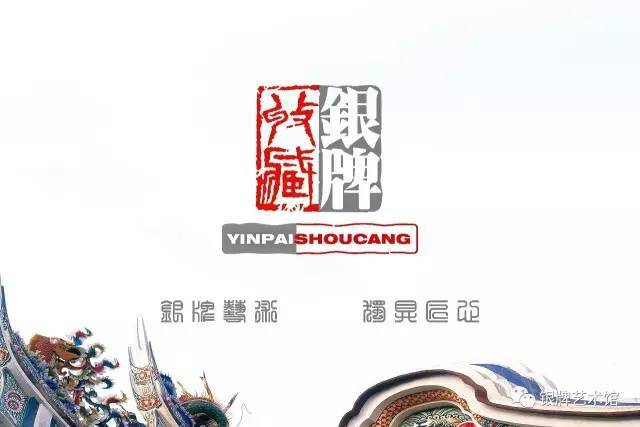
Pottery painted figurines holding pipa
Two minutes a day
/Admire the sculptures listen to the art/
Hello everyone! Today, I would like to introduce you to the Tang Dynasty cultural relics "Pottery Painted Female Figurine holding a pipa", which is 34 cm high and 7.8 cm wide.
The female figurines comb double screw buns, wear a shirt on the inside, a drapery on the outside, and a long skirt under the floor. Stand and play the lute with your hand.
The pipa came from the Western Regions, and its playing skills were continuously popularized, developed and improved during the Southern and Northern Dynasties of the Two Han Dynasties, Wei and Jin, and reached their peak in the Tang Dynasty.
Broadly speaking, the Tang Dynasty pipa is roughly divided into four categories: the first type is Qin Hanzi, or Ruan Xian. The Nguyen Ham of the Tang Dynasty in the Shosoin-in Temple of Japan is rosewood wood, with external screws, exquisite ornamentation, round body neck trimming, four strings and four strings, and multiple columns, which can be regarded as typical representatives. The second category is the curved-necked lute. The neck is short and curved, turned into a right angle or obtuse angle, approximately scoop-shaped, mostly four strings and four reels. The third type is the five-string lute, which is called the five-stringed lute in ancient texts. The shape of the speaker is basically the same as that of the curved-necked lute, but slightly smaller than the curved-necked pipa, with five strings and five strings. The fourth category is between the Qin Hanzi and the curved-necked lute, the shape is between the circle and the oval, the speaker is larger, the head is slightly rolled inward, and the four strings are four strings.
Pipa playing is mostly used to pluck, in the early Tang Dynasty, the musician Pei Shenfu began to play by hand, which was deeply liked by Tang Taizong, and this playing method was called pipa. From the analysis of existing documents and cultural relics, hand-playing pipa began in the early Tang Dynasty, which is an improvement on the traditional way of playing.
This way of playing was not common at that time, only highly skilled people can master this technique, and the general musician still follows the tradition, which is why it is more common to pluck and rarely to play by hand.
The Tang Dynasty produced a large number of world-famous pipa players, such as Cao Miaoda, Cao Shancai, Cao Gang, Kang Kunlun, Duan Shanben, etc., most of them came from the Sogdian region of Cao Guo, Kang Guo and other places (now Central Asia), the Tang Dynasty poet Cen Shan "Liangzhou Seven Miles 100,000 Families, Hu people half-solve the pipa" sentence vividly described the "Hu people" love for pipa, which also shows the profound influence of foreign culture on Tang Dynasty culture.
There is no trace of the hand of this figurine, and when the method of hand bullet is adopted, it can be seen that its skill is superb.
- END -
Follow us